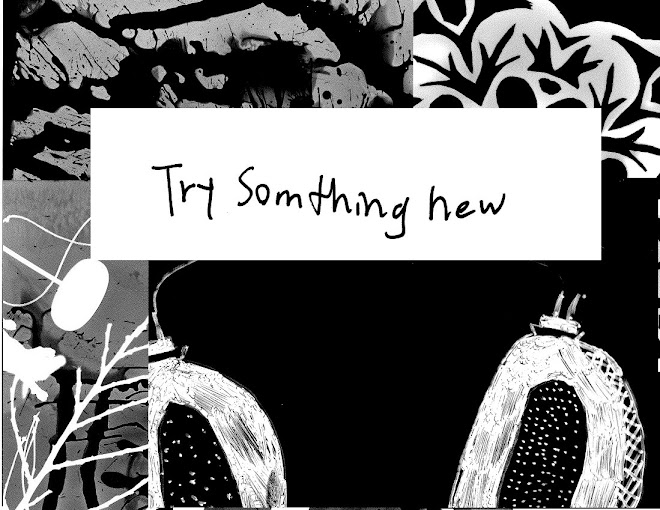When you express yourself or create art, do you think the end result says something about your identity? How do you choose to identify yourself? You might think about your heritage, religion, family, or even the things you like to do. Do you like to play baseball or bake cupcakes? - that is part of your identity!
In the time of slavery, African American slaves were often unable to create art because they were so overworked and abused, and also because they had no access to supplies. When slaves were freed, much of the art they created was highly influenced by the traditions and symbolism of their homeland. From this time period, we see art that combines materials and American symbols with West African methods and symbols - a truly "African" and "American" art.
One such artist was Harriet Powers. She was born into slavery in Athens, Georgia. After she was freed, she began to create quilts. These quilts were not the kind you place on a bed - they were more like fabric canvasses. In her quilts, she would create several sections, each section telling a different story. One of the two remaining works by Harriet Powers is her Pictorial Quilt from 1895.
In this quilt, Powers has religious scenes, but she also has other sections with scenes from important events in her life. One is of a meteor shower (left picture), and here she shows the stars falling from the sky. In another, she shows the story of a pig who supposedly ran 500 miles, from Georgia to Virginia (right picture).


Harriet Powers chose different scenes that had to do with her own heritage, religion, and the interesting events that she felt were part of her history and her identity. She used applique, which is a sewing process where one sews objects and shapes on top of the fabric, instead of sewing all the tiny pieces of fabric together. This is a process that was very popular in the West African groups of the Yoruba and the Fon, and so Harriet Powers was combining her African heritage with her American experience.
Next time you create a work of art, poetry, or writing about yourself, think about all the events, people, and experiences that have helped you to become the person you are today. They are all a part of your identity!






No comments:
Post a Comment